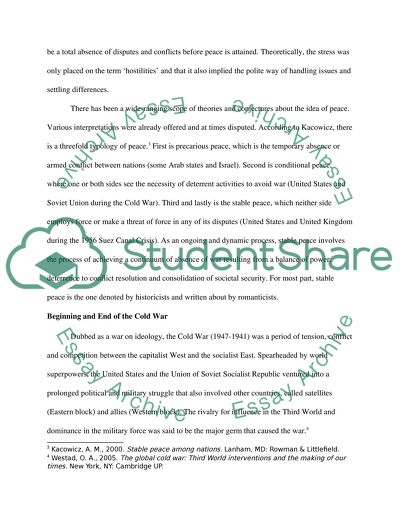Cite this document
(“What explains the widening and deepening of international peace Essay”, n.d.)
Retrieved from https://studentshare.org/environmental-studies/1413460-what-explains-the-widening-and-deepening-of
Retrieved from https://studentshare.org/environmental-studies/1413460-what-explains-the-widening-and-deepening-of
(What Explains the Widening and Deepening of International Peace Essay)
https://studentshare.org/environmental-studies/1413460-what-explains-the-widening-and-deepening-of.
https://studentshare.org/environmental-studies/1413460-what-explains-the-widening-and-deepening-of.
“What Explains the Widening and Deepening of International Peace Essay”, n.d. https://studentshare.org/environmental-studies/1413460-what-explains-the-widening-and-deepening-of.


